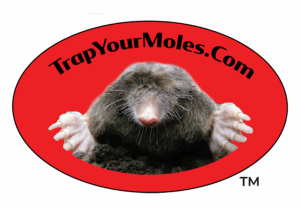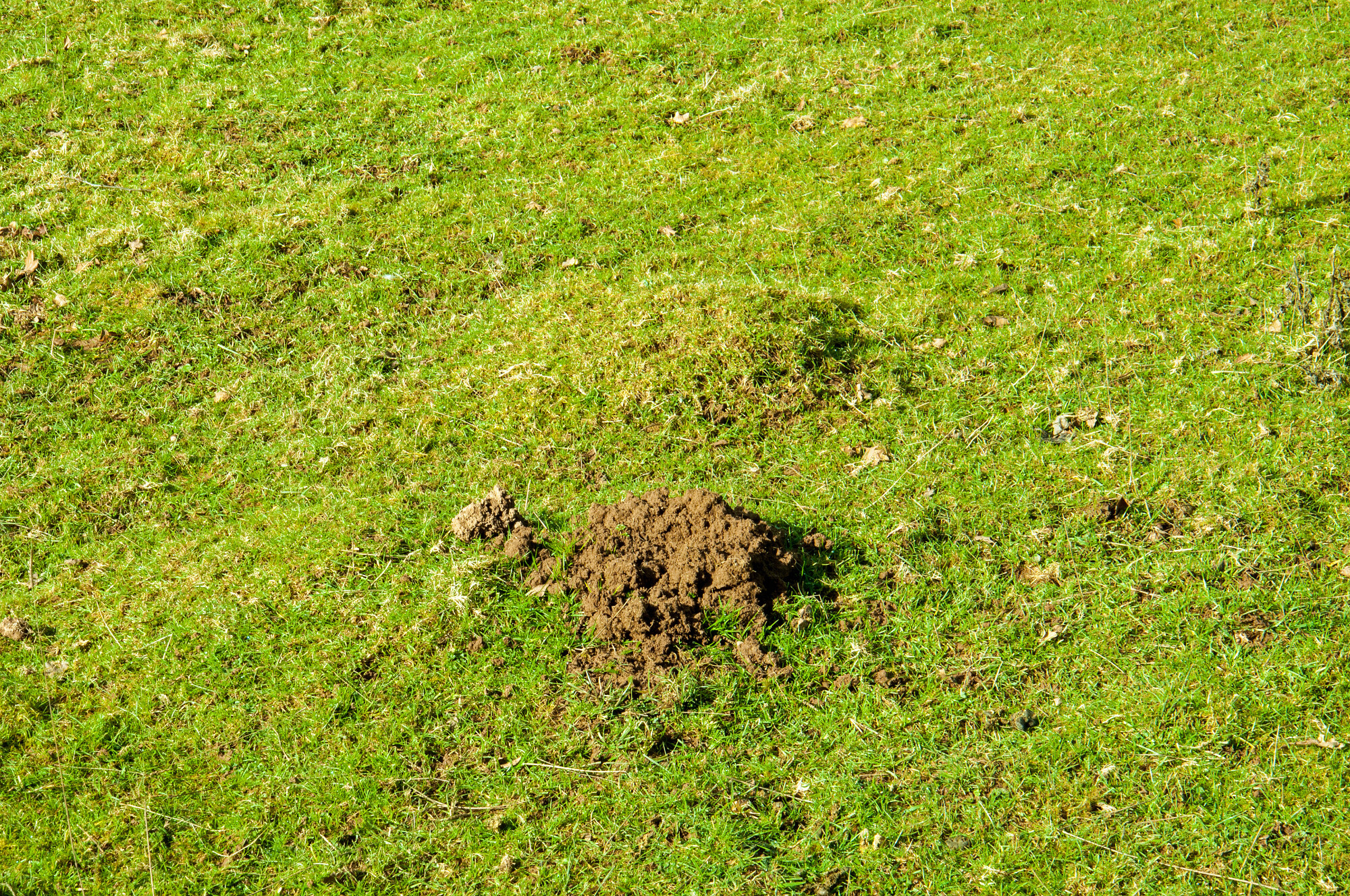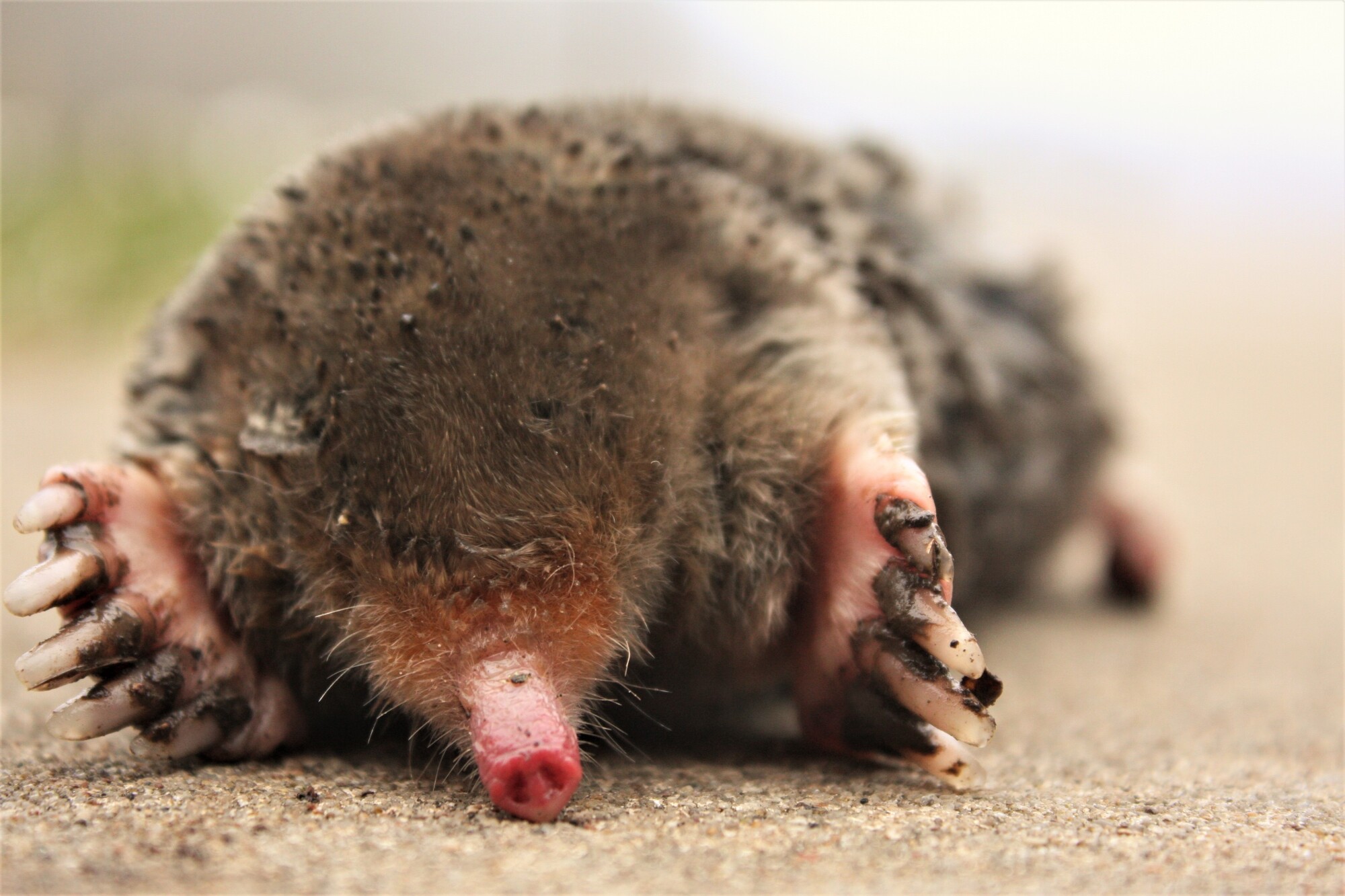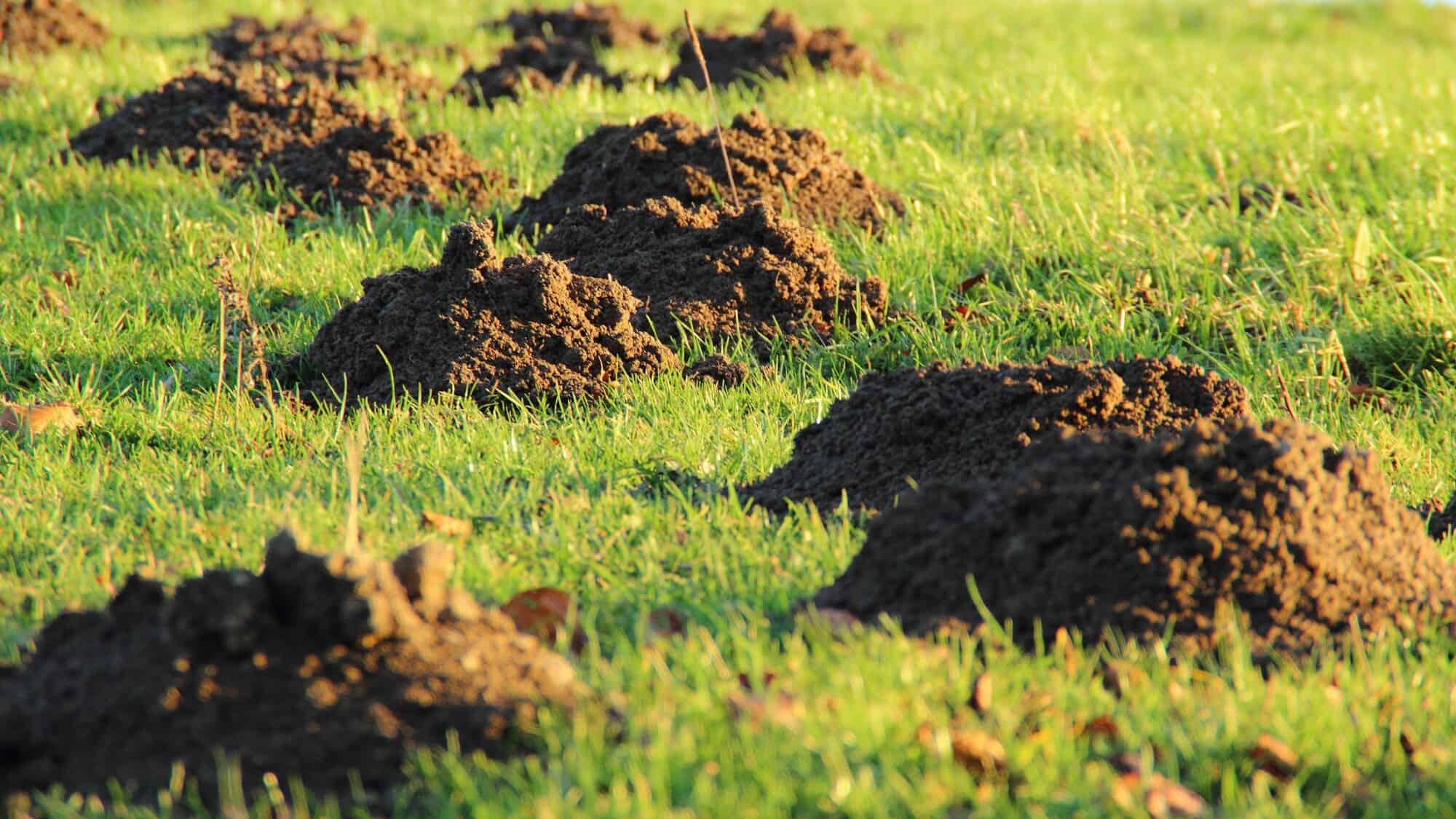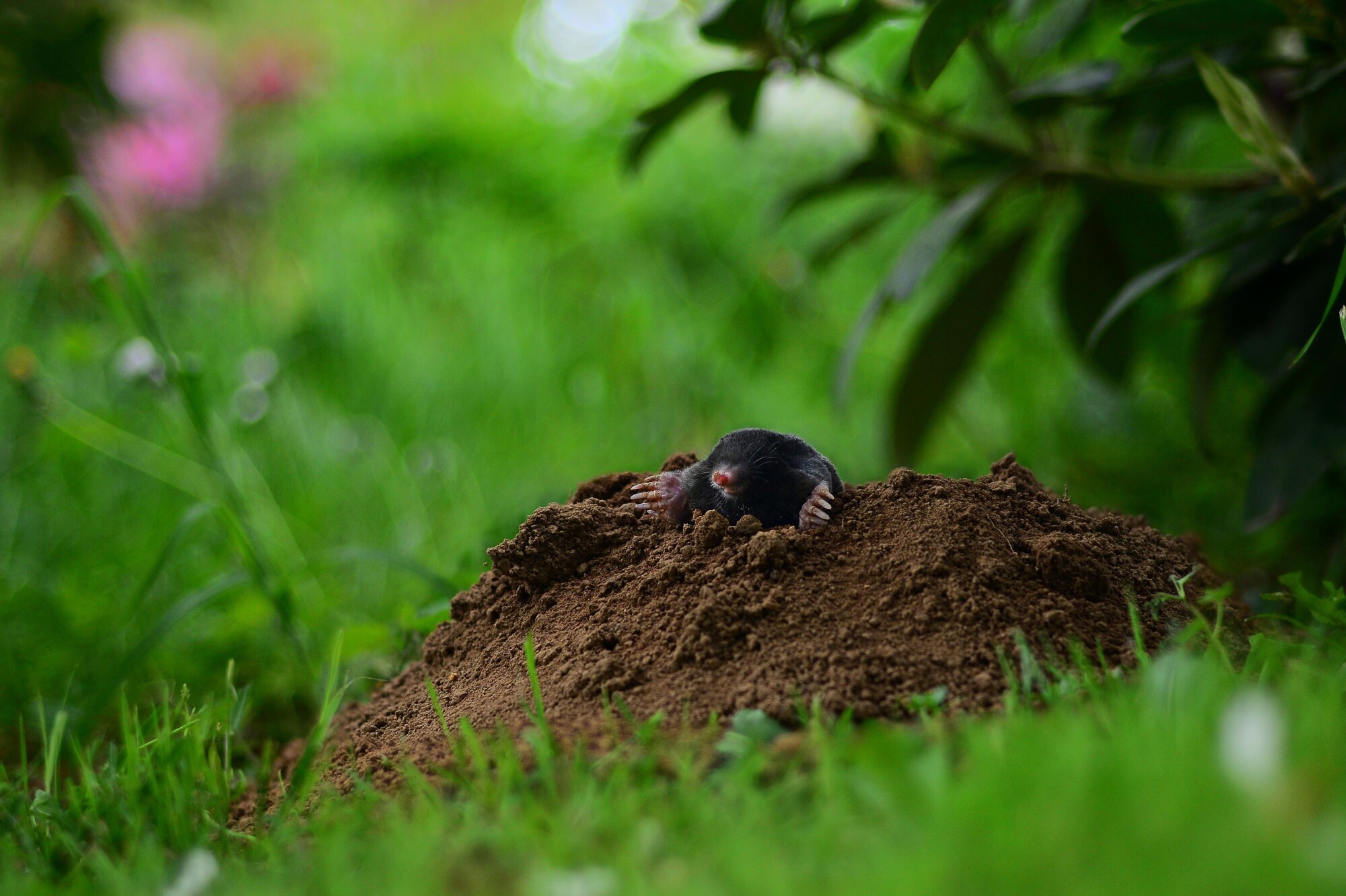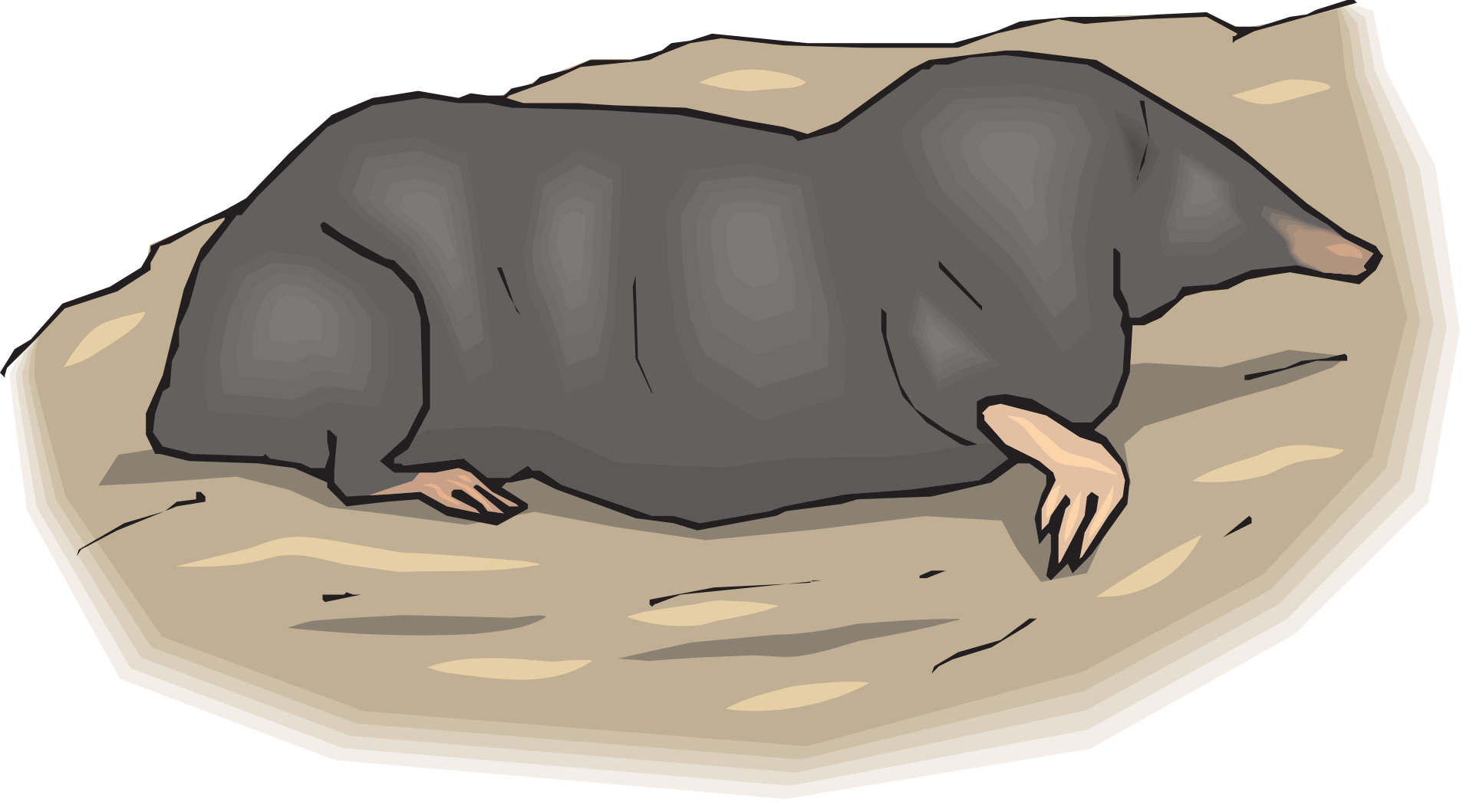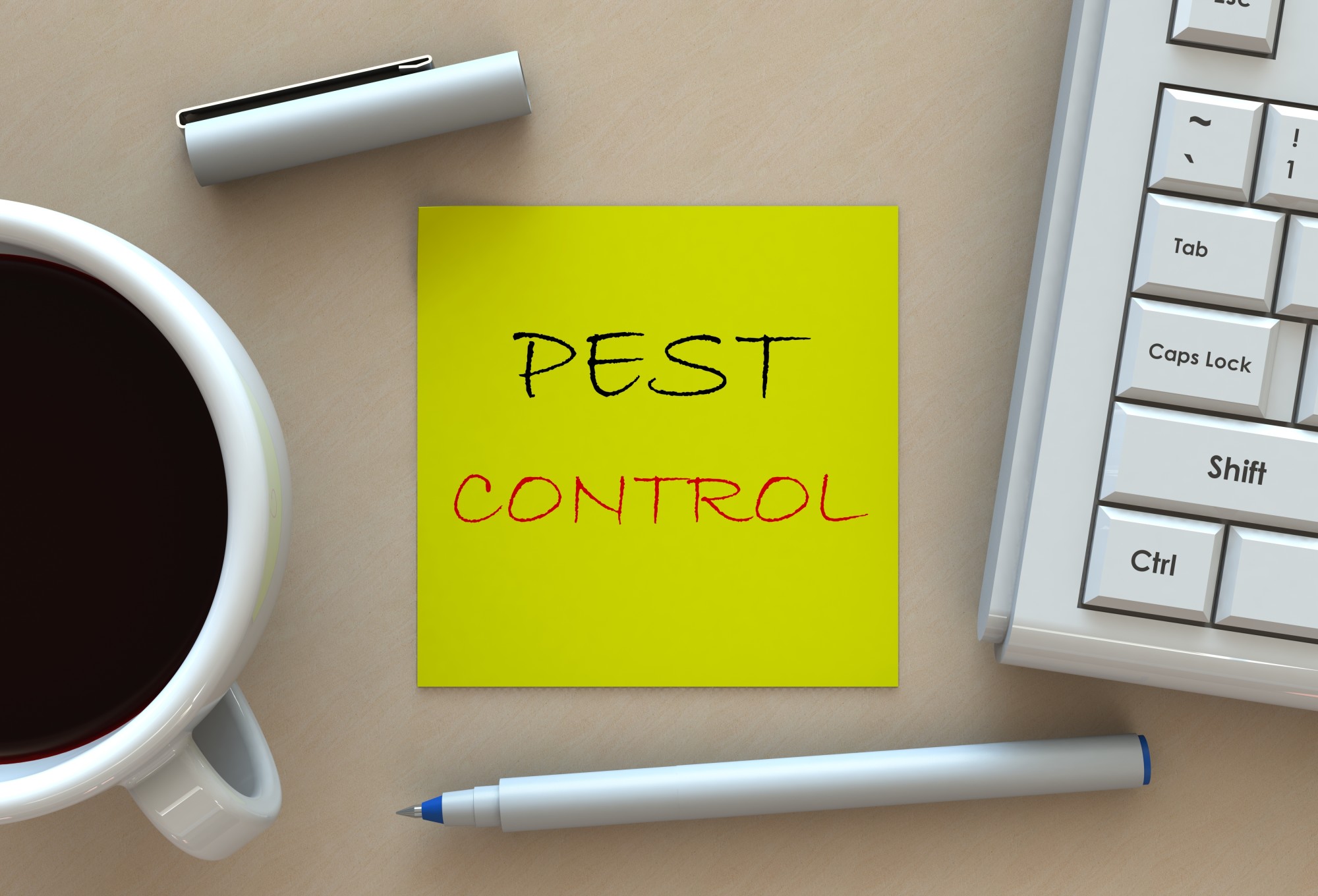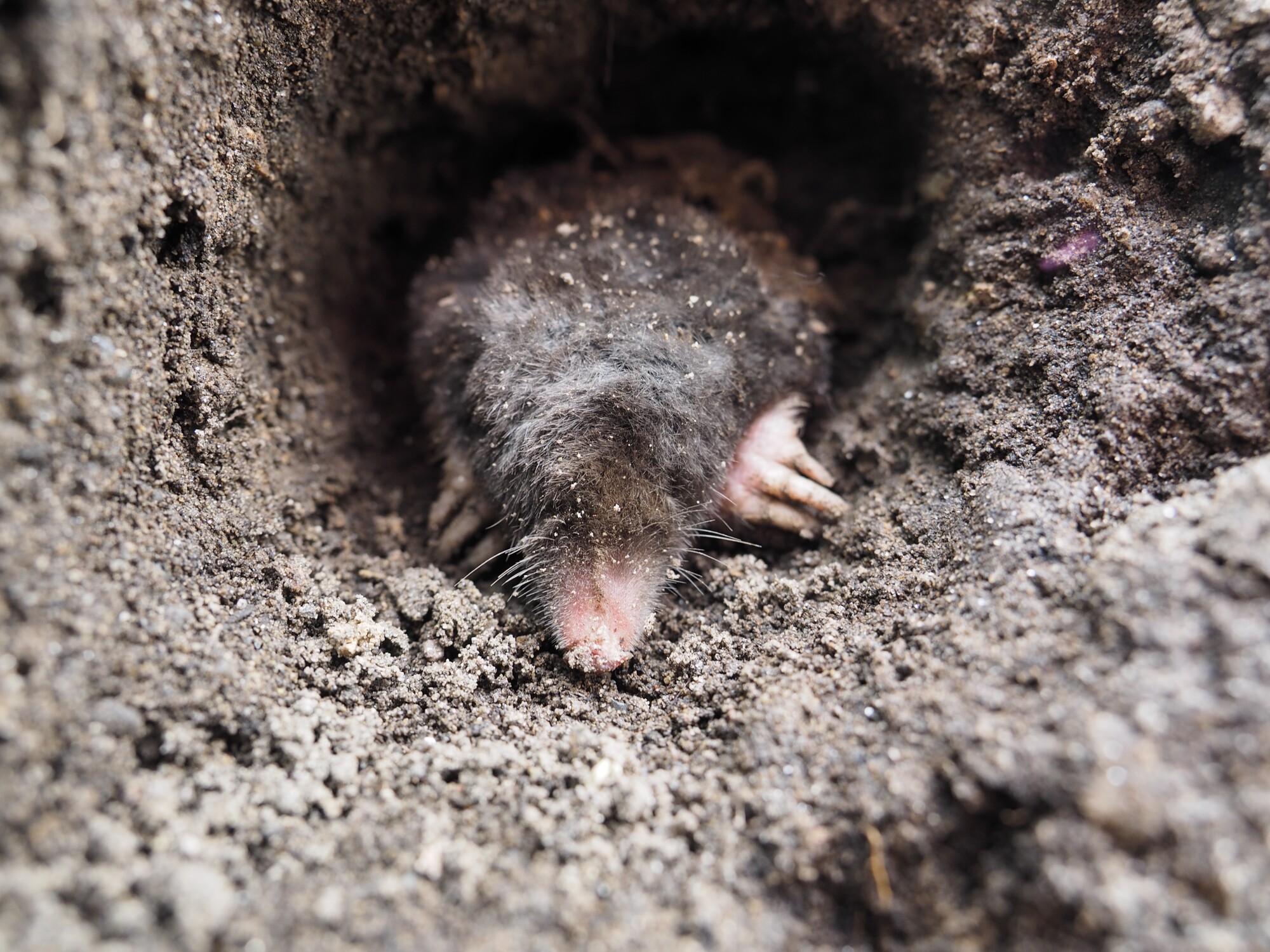Picture this.
You walk out to your yard in the morning, a cup of coffee in hand. You just mowed the grass yesterday so you’re expecting a pristine expanse of green.
Instead, you see large piles of dirt and tunnels near the surface. You immediately know the culprit.
It’s the dastardly mole.
At least 42 types of moles live in the world around us. They’re found on all continents except South America and Antarctica. Seven of these are North American moles. Moles dine on invertebrates and insects and they dig elaborate tunnels to find their prey.
Some moles can even dig 15-foot tunnels in an hour.
Moles are generally harmless until it comes to your yard. Their tunnels are long and winding, damaging the grass above them. And the dirt they displace ends up in piles in your yard.
And that’s what ruins your beautiful grass.
If you see signs of moles read on to learn more about types of moles in the United States. We’ll also learn how to get rid of moles once and for all.
Common Types of Moles and Their Behavior
The majority of the moles in the United States live east of the Rocky Mountains. Their bodies are about six inches in length and they have broad, flat paws designed for digging.
Most moles are active at dawn and dusk during the spring and fall months. They may surface during heavy rain. Moles stay deep underground during the hot summer months.
Moles do not hibernate. When the ground begins to freeze they dig deeper in search of food. They return to the surface when the weather warms up.
Contrary to lore moles are not blind. Moles’ eyes are small and, like their ears, are covered with fur.
Since they spend their lives underground their eyesight has developed to focus on various shades of light and dark. To make up for this moles have an exceptional sense of smell.
Regardless of these fun facts, moles are a nuisance. Here are the common types of moles that are ruining your beautiful lawn.
Eastern Mole
The Eastern mole is the most common destroyer of yards in the United States. Their range extends from Wisconsin in the north to Florida in the south.
Eastern moles live in all types of habitats, including forests and fields. But they prefer to dig in loose, well-drained soil.
And this is the exact type of soil you’ve cultivated for your yard.
Eastern moles produce one litter of about 4 pups each year. But baby moles grow quickly and reach sexual maturity at about ten months of age. The Eastern mole lives for six years so each female can produce up to 24 pups in her lifetime.
Eastern mole tunnels are close to the surface. You’ll notice the dead and dying grass right above these tunnels. These tunnels can collapse. Collapsed tunnels have the potential to injure livestock and humans.
Horses are especially vulnerable to collapsed mole tunnels.
Star-nosed Mole
Known for its nose the star-nosed mole is aptly named. Its unique nose senses vibration and electricity, making it an efficient predator. But it likes to feed on earthworms which are vital to the health of your lawn.
Star-nosed moles live in eastern Canada and the eastern portions of the United States. Their range extends south to northern Florida.
Star-nosed moles prefer low-lying, damp areas and are even good swimmers. Star-nosed moles love golf courses because they’re frequently watered. But they’re not too discriminatory; they love to dig up lawns too.
The star-nosed mole’s tunnels result in numerous piles of dirt in your yard. But their tunnels are also very deep, making them harder to control.
Star-nosed moles also produce about 4 pups a year. Weaning starts at 30 days and star-nosed moles reach reproductive age at 10 months.
Hairy-tailed Mole
Hairy-tailed moles live in southern Canada, Ohio, and other parts of the Great Lakes region. Their behavior is like other North American moles. But this mole has a distinctive hair-covered tail.
The hairy-tailed mole’s tunnels are shallow resulting in strips of dead grass in your yard. Hairy-tailed moles don’t eat the grass. Instead, when they burrow they disturb or injure the roots, causing the grass to die.
Hairy-tailed moles reproduce in much the same manner as their Eastern mole and star-nosed mole cousins. An average litter consists of four pups and the female pups are ready to reproduce at 10 months of age.
Do Moles Have Natural Predators?
If you’re wondering how to get rid of moles you may also wonder if moles have natural predators. They do but since they spend their lives underground it’s difficult for predators to find them.
Red foxes, possums, and even bullfrogs are known to eat moles. Hawks and other raptors hunt them during their brief moments of surface visibility. Sometimes snakes will enter mole tunnels and feed on the young.
Dogs can sometimes detect moles and will dig to reach them. But this exacerbates the problem and leads to further lawn damage.
But predators do very little to control mole populations.
The best way to get rid of moles is to hire a professional who specializes in mole trapping services.
Eliminate Your Mole Problem Today
Some Americans spend up to $500 per month on landscaping services. Specialized yardwork can cost even more. All this money flies out the window when moles move onto the property.
It’s easier and cheaper to stop a mole infestation before it gets out of hand.
All types of moles cause costly damage to your yard. Consult a professional today and learn how beautiful lawns are restored with mole trapping services.

